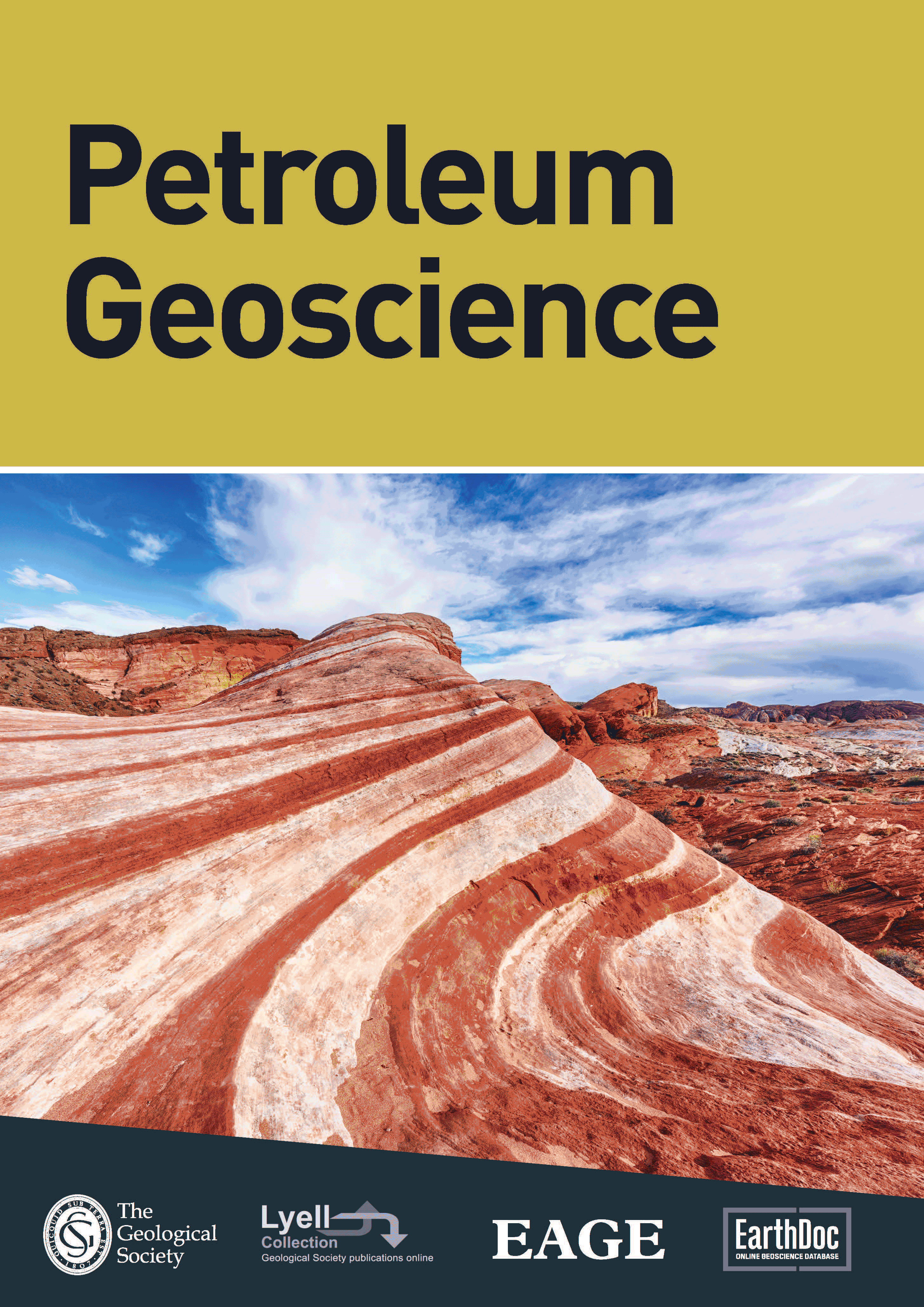
Full text loading...

Mudrock compaction trends from the Rovuma Basin offshore Mozambique are compared with those of the Norwegian North Sea, the Gulf of Mexico and the Kutai Basin offshore Indonesia. The comparison reveals that burial rates and timing of rifting are the dominant causes for the differences observed. The compaction trend for the Rovuma Basin is broadly similar to the trends for the Kutai Basin and the Gulf of Mexico, but very different from those for the Norwegian North Sea data, which show higher porosity and shallower onset of overpressure than those from the other three basins. The relationships for seismic velocities as a function of depth show strong similarities between the Rovuma and Gulf of Mexico basins.
These comparisons are used to make a general assessment of the capillary sealing potential of Cretaceous mudrocks in the Rovuma Basin, using a mudstone permeability-prediction function and a method for mapping permeability to threshold pressure, allowing estimation of maximum column heights for CO2 and CH4, with uncertainty ranges. Predicted CO2 column heights are slightly less than the equivalent CH4 column heights. The observed CH4 column height at one of the wells is significantly lower than that predicted from mudstone permeability, which is probably due to other factors such as fracturing or gas migration out of the structure. The comparison indicates generally good capillary sealing potential for the Rovuma Basin Cretaceous shales and offers a general approach for assessing CO2 storage potential from hydrocarbon sealing datasets from multiple offshore basins.
This article is part of the Energy Geoscience Series available at https://www.lyellcollection.org/cc/energy-geoscience-series

Article metrics loading...

Full text loading...
References


Data & Media loading...

